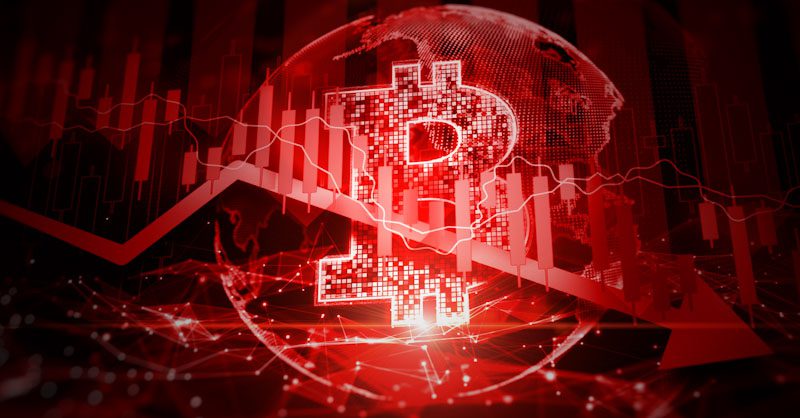Although this is a somewhat apocalyptic claim for a market whose volatility is considered intrinsic, in November, Bitcoin did fall to its lowest value since late 2020. And so far in 2022, Bitcoin has lost almost 70% of its value. But what lessons can we learn from these events?
Firstly, it is important to differentiate what happened at Terra/Luna from what happened at FTX. While the former was effectively an example of poorly designed technology, at FTX it was not the technology that failed. On the contrary, there is emerging (and growing) evidence of a misuse of funds, lack of transparency, and even falsification of information. To give an example, court documents recently showed that FTX’s combined debt to its top 50 unsecured creditors runs to US$3.1 billion, with a couple of clients who owe more than US$200 million each.
The aftershocks from FTX will be as numerous as the interactions the group of firms in its ecosystem had. In fact, FTX, FTX.US, FTX Ventures, Alameda Research, and Sam Bankman-Fried (CEO) himself had invested in or acquired more than 160 companies. When FTX filed for bankruptcy, it claimed to have more than 100,000 creditors. New information has subsequently come to light that the number (apparently) could be more than a million. Bankman-Fried has also invested close to $500 million in funds such as Paradigm and Sequoia Capital, which could damage other major ventures.
Since FTX filed for bankruptcy, entities ranging from BlockFi to Genesis and Gemini have been affected by the fallout. Exchanges all around the world have audited their balance sheets to bring their customers some peace of mind in terms of liquidity. There is no doubt that the FTX crisis has lessons for the entire crypto world.
According to Ethereum co-founder, Vitalik Buterin, one positive lesson was that the various Blockchain layers and decentralized finance protocols worked “smoothly,” highlighting the need for transparent open source rather than any centralized proposal.
On the other hand, in the short term, the case of FTX has led most exchanges to add the “proof of reserve” system. This system allows an entity to demonstrate the funds it has. The aim is to give users peace of mind by showing that their capital has not been lent to a third party. However, as the last few weeks have demonstrated, proof of reserve is no absolute guarantee by itself, as it does not show how much money the entity should have, i.e., the amount of money its customers have deposited. The latter is known as “proof of liabilities,” which, together with proof of reserve, gives us a true “proofof solvency,” which is not that easy to implement either, for reasons of security and privacy.
Consequently, on November 19, Buterin posted the article Having a safe CEX: proof of solvency and beyond, where he says: “In the longer-term future, my hope is that we move closer and closer to all exchanges being non-custodial…” The document, written with input from Coinbase CTO, Balaji Srinivasan, and staff from Binance, Coinbase, and Kraken, as well as a general partner of 16z, puts forward different methods for bringing security to the centralized exchanges through protocols and validations that will enhance proof of solvency.
In a way we can say that a direct consequence of the FTX crisis is the heated debates being generated from within the crypto world regarding transparency, solvency, and security. We can also add a second trend: the regulations laid down by the European Union (with MiCA) and the United States, which we will see mature in 2023. Lastly, from outside the crypto world, the banks, neobanks, and regulated fintechs will probably see increased demand from consumers who are not sophisticated enough yet to move into non-custodial instruments.
These trends will undoubtedly mark the industry’s performance in what is left of the year and early 2023, encouraging a more secure crypto future and one that caters to the demands of the more traditional and less sophisticated users. Because, at the end of the day, “be your own bank” has not proved to be suitable for everyone.
